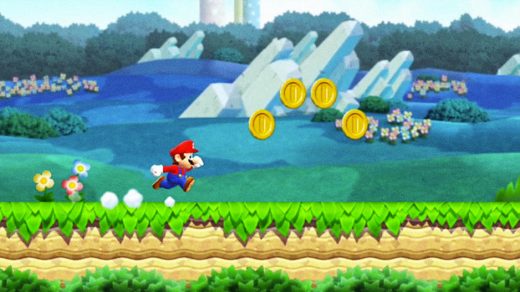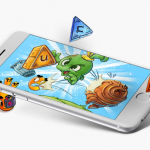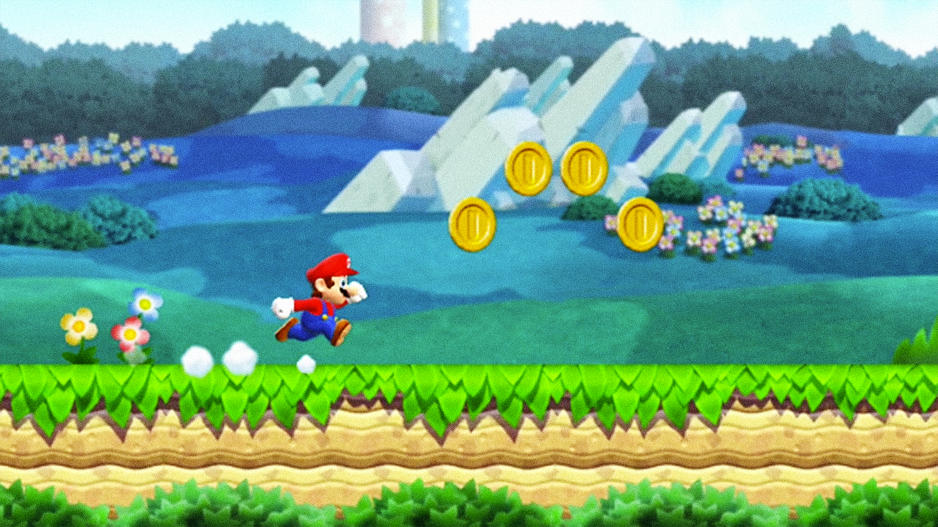At $10, “Super Mario Run” Could Be Great For Nintendo, Phone Owners, And The Industry
After years of scornfully dismissing the potential of smartphone gaming, Nintendo has decided to make peace, not Wario, by releasing Super Mario Run, the first Super Mario game for the iPhone.
Though the Japanese gaming giant has famously pursued a “blue ocean” strategy—by creating products such as the Wii that catered to markets that competitors such as Sony and Microsoft didn’t serve—it’s also been held back by its share of dogma. With the well-received (and suspiciously scarce) NES Classic, Nintendo is finally embracing the phenomenon of retro mini plug-and-play consoles like the Atari Flashback)—a category that fans have long clamored for. Yet the NES Classic is only one component of the company’s offerings for this holiday season, as the Wii U console, a major sales disappointment, begins its fade to black. The next-generation Switch console is waiting in the wings until next year, but the debut of Super Mario Run will take Nintendo to what may be the most significant part of its future: smartphone games.
Nintendo has long feared its premium content would get crushed amid free downloads, vicious competition by well-funded competitors, and the 30% revenue cut demanded by Apple and Google. Like many mobile games, Super Mario Run will be free to download. But unlike most titles, which monetize themselves gradually through in-app purchases, it will cost $10 to unlock fully. That may sound hefty by smartphone standards, but it isn’t pocket change compared to the hundreds of dollars that game companies extract from “whales”—high-spending users—through in-app purchases.
Super Mario Run’s price is high even compared to many games that lack in-app purchases. But Nintendo has a strong chance to make it work not only for game players but also itself. The company, of course, has one of the most adored collection of characters outside of Disney and Warner Brothers. Using Mario as its iPhone emissary will certainly bring out fans of the perennially questing plumber.
From there, it comes down to to value. At $7 of revenue per game after Apple’s and Google’s cut, Nintendo would need to sell three to six times as many copies to equal the revenue of a typical 3DS game. The company has sold about 60 million 3DS handhelds to date, but the device’s sales numbers are dropping off as the console—itself an update of the 12 year-old Nintendo DS—has gotten long in the tooth.
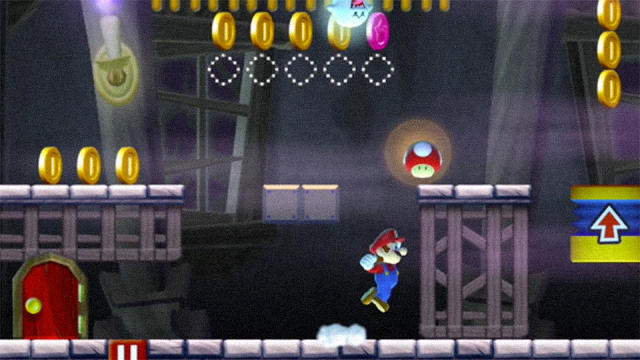
Certainly, many smartphone users in developing economies are unable to justify $10 on a smartphone game; then again, they wouldn’t be able to afford a Nintendo handheld, either. But a relatively small fraction of the billions of smartphone users in the world will have to fully unlock Super Mario Run for the game to be a success, especially given that it requires no retail distribution or packaging and its cost to develop was likely lower than a 3DS or Wii U game.
For fans of the franchise, $10 is a third or less of the cost of a new Mario 3DS title. What the app may lack in depth, it will make up for in the convenience of not having to drag along another gadget. But assuming it lives up to Nintendo’s gameplay history and potential, Super Mario Run may do more than help save Nintendo. It may save mobile gaming itself from the relentless nickel-and-diming of apps that compromise game design and ultimately cause many players to throw up their hands.
Nintendo has long believed that, like Apple, it does its best work optimizing its software for its hardware. But the key criterion for Nintendo console success has been affordability, not gimmicks like second screens and 3D. Given that so many consumers already own smartphones, a population that dwarfs the size of the popular 3DS has the opportunity to try Nintendo’s newest platform without paying a penny for hardware.
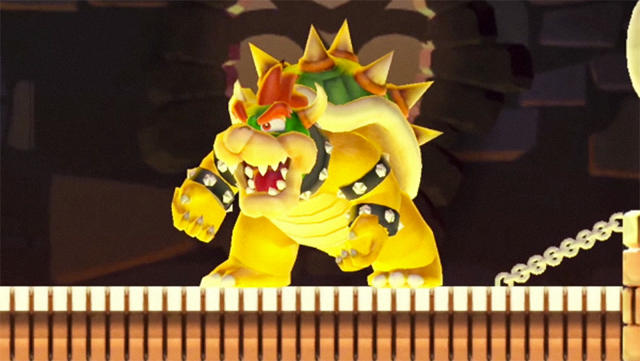
Besides, the company has shown that it can adjust its game designs to the needs of smartphones: Super Mario Run doesn’t require players to rotate the screen and is optimized for one-handed play. That’s a far cry from the busy combinations of buttons, touch, pen, and voice interfaces that have marked many a Nintendo DS/3DS game over the years. This alone should broaden the new game’s audience.
That’s just the first step in Nintendo’s long-delayed entry into the smartphone market. While the company says that it intends to keep the 3DS around after the arrival of the Switch, which is a hybrid home/portable console, it’s difficult to see it releasing a next-generation successor to the 3DS with the Switch in the market. (And if Switch tanks, Nintendo will have a major problem on its hands.) Super Mario Run will initially be embraced by fans with a taste for nostalgia, and that may be enough to make it a success. Ultimately, though, Nintendo needs to figure out smartphones both to reach new adult audiences and keep its valuable franchises relevant to a new generation increasingly relying on a single portable digital device.
Related Video: The Bleeping Amazing Brand Evolution of Nintendo
Fast Company , Read Full Story
(33)

